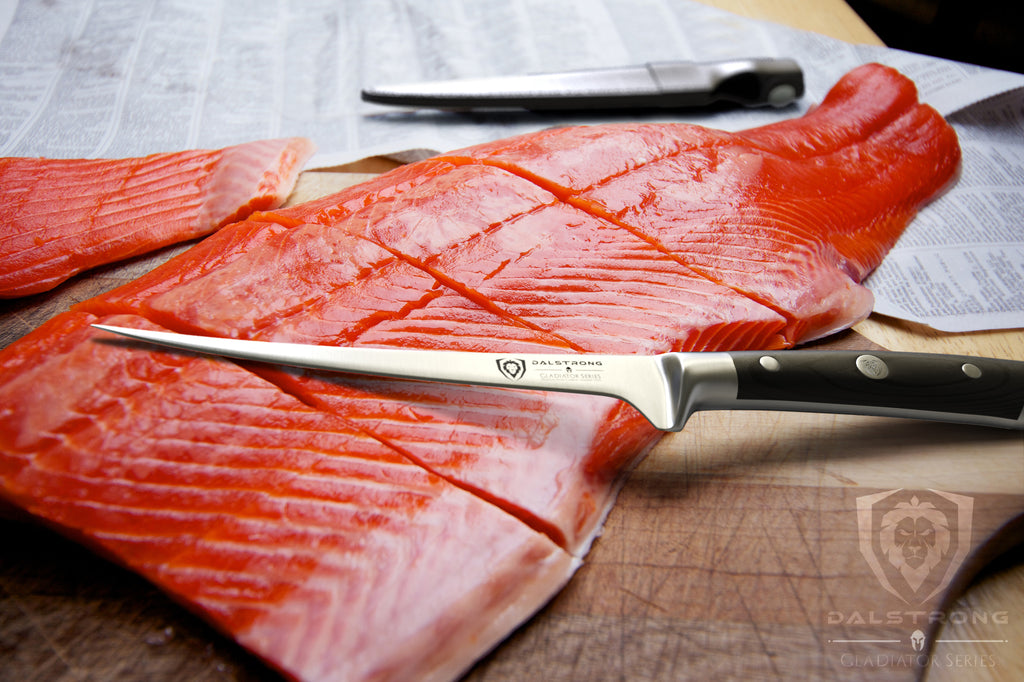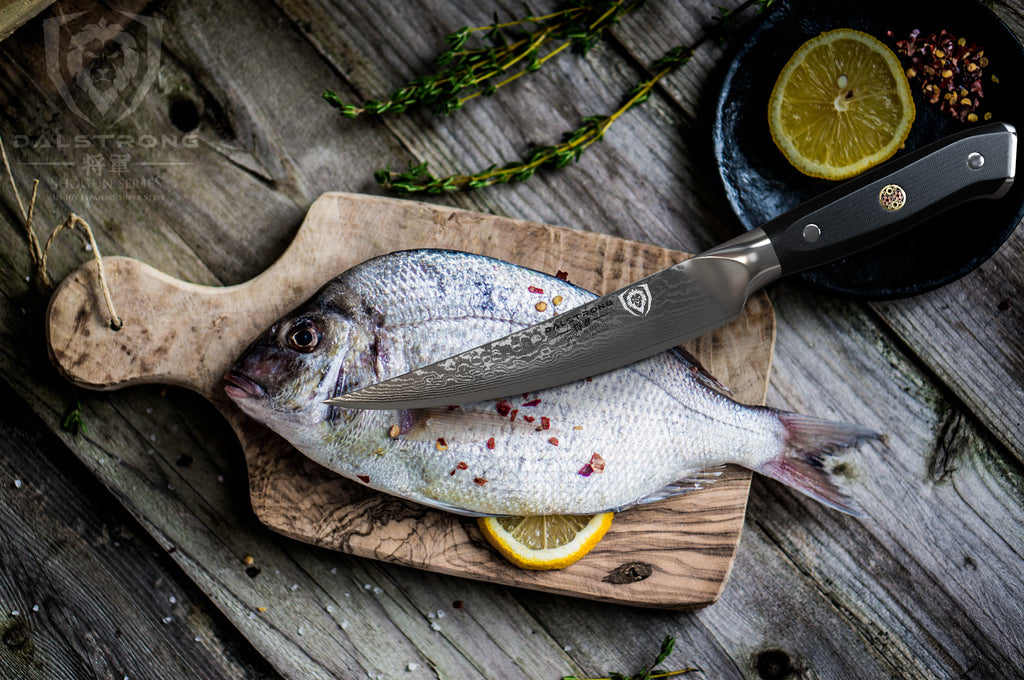If you’re a kitchen hobbyist or someone who loves fishing, you’ve probably encountered situations where you needed to fillet a trout but didn’t have a fillet knife on hand. Don’t worry! You can still achieve perfect fillets without a specific fillet knife. In this detailed guide, we will share insights on how to accomplish this task with ease using alternative tools and techniques.

Understanding the Basics of Trout Filleting
The first step to successfully fillet a trout without a fillet knife is understanding the anatomy of the trout. Knowing where the bones are and how the fish is structured will make it easier to separate the flesh from the bones. Additionally, you should have a clear workspace and the necessary tools ready.
Why Fillet a Trout Without a Fillet Knife?
There are several reasons why you might need to fillet a trout without a fillet knife. Perhaps you’re out on a camping trip and forgot your knife, or maybe you’re new to fishing and don’t own a fillet knife yet. Regardless of the reason, knowing how to adapt and make use of the tools you have is valuable.
Essential Tools for Filleting Trout
Here are some tools you can use as alternatives when you don’t have a fillet knife:
- Chef’s Knife
- Utility Knife
- Paring Knife
- Scissors
Each of these tools can be found in a typical kitchen or camping pack and can serve well in place of a fillet knife.

Step-by-Step Guide to Filleting a Trout Without a Fillet Knife
Step 1: Preparation
Start by rinsing the trout thoroughly under cold water. This will remove any slime or scales and make handling the fish easier. Pat the fish dry with a paper towel.
Step 2: Making the Initial Cut
Place the trout on a cutting board. Using your utility knife or chef’s knife, make a cut behind the gills from the top of the trout down to the belly.
Step 3: Cutting Along the Backbone
With your knife positioned at the initial cut, gently cut along the backbone of the trout, moving from head to tail. Use your non-dominant hand to hold the fish steady while making this cut. Take care not to cut too deep and sever the bones.
Step 4: Removing the Fillet
Once you have cut along the backbone, carefully lift the flesh away from the bones. A paring knife can be particularly useful for this step, as it offers precision and control. Continue to separate the fillet from the ribs until the side is free.
Step 5: Repeating the Process
Flip the trout over and repeat steps 2-4 on the other side of the fish. You should now have two fillets free of the main skeleton.
Step 6: Trimming the Fillets
Use a pair of scissors to trim any remaining rib bones or fins from the fillets. You can also use a paring knife to remove the small pin bones that might be left in the flesh.

Additional Tips and Tricks
Here are some tips to help make the process even smoother:
- Keep your knife sharp. A dull knife can make this task much harder.
- Take your time. Rushing can lead to mistakes.
- Practice makes perfect. The more you fillet trout, the better you will become at it.

Benefits of Learning Knife-Free Filleting
Knowing how to fillet a trout without a fillet knife can be incredibly useful, especially for those who love outdoor activities like camping and fishing. It allows you to be adaptable and self-reliant, using only the tools you have available.
Environmental Awareness
By mastering this skill, you also contribute to reducing waste. Often, single-use items are brought on trips, but knowing how to use multipurpose tools effectively can minimize what you need to carry and dispose of.
Building Confidence
Successfully filleting a trout without a fillet knife can boost your confidence in the kitchen and outdoors. This skill showcases versatility and resourcefulness, great traits for any kitchen hobbyist.
FAQs
Can I use any knife to fillet a trout?
While a fillet knife is designed specifically for this task, you can use other knives like a chef’s knife, paring knife, or even scissors if needed.
Is there a tool that can replace a knife entirely?
No single tool can completely replace the function of a knife when filleting, but scissors can complement the task by cutting bones and fins.
What should I do if my knife is dull?
Sharpening your knife is crucial for effective filleting. Check out How to Sharpen a Chef Knife for tips.
As an Amazon Associate, I earn from qualifying purchases.

